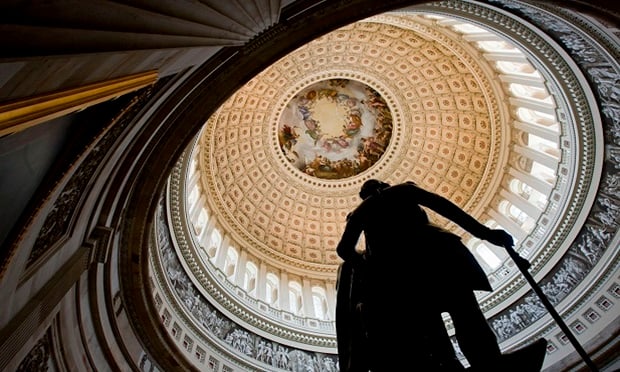 Credit: Thinkstock
Credit: Thinkstock
Health savings accounts might increase families' total out-of-pocket spending on health care by more than $500 per year.
Flexible spending accounts might push up families' out-of-pocket spending by about $500 per year and their health plans' spending on their care by more than $1,500 per year.
Recommended For You
Dong Ding and Sherry Glied, public health researchers at New York University, have published data on the possibility that HSAs and FSAs might not be that great, in terms of cost savings, in a paper published on the JAMA Health Forum website.
The site is affiliated with the Journal of the American Medical Association.
Methods: The researchers started with survey data for 17,038 U.S. families from the government's Medical Expenditure Panel Survey collected from 2011 through 2019.
The researchers adjusted for factors other than health account use, such as age and the presence of chronic conditions, that might explain why HSA and FSA spend more on care.
They left out data gathered after 2020 to avoid including the effects of the COVID-19 pandemic.
Health account use: About 2,628 of the families included in the data had FSAs and 1,845 had HSAs.
About 17% of the families with employer-sponsored coverage had FSAs.
The percentage of families with employer-sponsored coverage that had HSAs increased to 17% in 2019, from 10% in 2012.
About 75% of the families with FSAs had household income over 400% of the federal poverty limit, and 68% of the families with HSAs had household income over that cutoff.
The families had an average of about three members each, including two adults and one child. For 2024, the federal poverty level for a family of three is $25,820, and 400% of the federal poverty level for a family of three is $103,280, according to the U.S. Department of Health and Human Services' Office of the Assistant Secretary for Planning and Evaluation.
Workers who have health savings accounts and flexible spending accounts might enjoy having the accounts, and they may use the accounts to get extra care, better care or fun health-related gadgets.
The federal government may have lost about $500 in tax revenue per year per family with an HSA and about $1,300 per year per family with an FSAs.
The researchers' perspective: The researchers note that policymakers have required taxpayers to combine HSAs with high-deductible health plans to make the taxpayers careful health care shoppers and to keep access to the HSAs from increasing overall health care spending.
Ding and Glied see no sign that having skin in the game is doing much to hold down the HSA holders' health care spending.
"Holding an HSA is associated with significantly higher tax expenditures for outpatient visits, office-based visits, dental care, and vision care," the researchers write. "The additional tax-favored spending generated by account holders is a benefit to them, but our results suggest that it does not increase and may reduce the efficiency of the health care system."
Study limitations: The researchers do not consider what the extra care purchased did for the account holders' health or how much time, money and energy the accounts helped families save.
The health account study may end up becoming part of a decades-long public debate about the value of health accounts.
Traditionally, Republicans and some moderate Democrats have favored health accounts.
Research centers like the Heritage Foundation and Paragon Health Institute that are popular with Republicans have promoted use of government-funded health accounts as vehicles for maximizing individuals' control over their health care spending.
Groups like the Center on Budget and Policy Priorities and Georgetown University's Center on Health Insurance Reforms have tended to be skeptical of health accounts, seeing them as inefficient.
© 2025 ALM Global, LLC, All Rights Reserved. Request academic re-use from www.copyright.com. All other uses, submit a request to [email protected]. For more information visit Asset & Logo Licensing.







